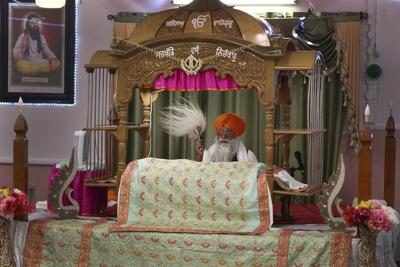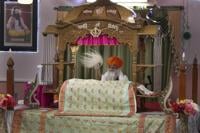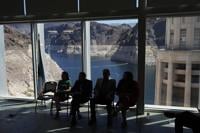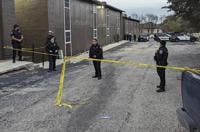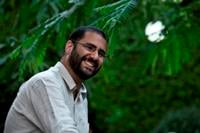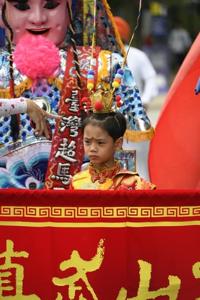In California, members of an under-the-radar, minority religious community are stepping into the public eye to advocate for making the state the first in the nation to outlaw caste bias.
They are the Ravidassia — followers of Ravidass, a 14th century Indian guru who preached caste and class equality. There are about 20,000 members of the community in California, most of them in the Central Valley.
Guru Ravidass belonged to the lowest-rung of the caste system formerly considered untouchable and also known as Dalit, which means “broken” in Hindi. Today, many Ravidassia members share that caste identity, but they are hesitant to make that widely known, fearing repercussions for being exposed to the larger community as “lower-caste.”
Members of the Fresno Ravidassia community say publicly championing the anti-caste bias legislation is worth the risk, noting that fighting for equality is part of their history and their spiritual DNA.
The faith itself emerged in response to the societal exclusion of the lowest caste members, including persistent roadblocks to landownership, said Ronki Ram, professor of political science at Panjab University in Chandigarh, India. Caste-based discrimination was outlawed in India in 1947.
WHO WAS GURU RAVIDASS?
Ravidass was an Indian guru, mystic and poet who was one of the most renowned figures in the North Indian bhakti movement, which placed love and devotion to god above all and preached against the caste system. Ravidass was born in the 14th century in a village near Varnasi, India, to a family of cobblers and tanners who belonged to the then-untouchable or leather-working caste known as “chamars.” The Guru Granth Sahib, which is the sacred text of Sikhism, bears 40 verses or shabads of Ravidass.
RAVIDASSIA TEMPLES
A Ravidassia place of worship is called a sabha, dera, gurdwara or gurughar, which could all be translated as temple. Adherents cover their heads and remove their shoes before entering the prayer hall or place of worship. In California Ravidassia temples, the Guru Granth Sahib is the focal point of the prayer hall. The temples serve a post-worship meal as Sikh gurdwaras also do, which is known as langar. Ravidassia temples often display idols and/or pictures of Guru Ravidass in the prayer halls.
THE RAVIDASSIA IDENTITY
Professor Ronki Ram says the Ravidassia identity is challenging to pin down because it “cannot be compartmentalized."
“More recently, they have been trying to carve out a separate identity for themselves,” he said. “But, they also follow Sikh traditions.”
Many male Ravidassia members wear long hair in a turban and carry Sikh articles of faith such as the kada or bracelet, kangha or wooden comb and kirpan, the sheathed, single-edged knife. Many men and women in the community also have Sikh last names — Singh and Kaur.
Ram points out that idols and images of Ravidass, however, can only be seen in a Ravidass temple. In addition, the community celebrates the birthday of their guru, which typically falls in February. Many Ravidass temples also observe the birth anniversary of B.R. Ambedkar, the Indian Dalit rights icon whose given name was Bhimrao.
The faith also has followers who are Hindu and those who are from different parts of India. Ravidassia community members in California are largely of Punjabi descent.
THE COMMUNITY’S RELATIONSHIP WITH SIKHISM
The Ravidassia community’s relationship with Sikhism is “flexible and nuanced,” said Sasha Sabherwal, assistant professor of Anthropology and Asian Studies, Northeastern University.
“It’s not an either-or relationship,” she said. “It’s a much more complex idea of what their faith means for them. Some (Ravidassia temples) may be autonomous spaces. But, in many cases, it’s blended or overlapping rather than something entirely independent. There is still a commitment to this larger Sikh project.”
Sabherwal said the path to unity may lie in making “meaningful structural changes.”
“The issue is that often, caste is not even acknowledged as a problem,” she said.
___
Associated Press religion coverage receives support through the AP’s with The Conversation US, with funding from Lilly Endowment Inc. The AP is solely responsible for this content.

